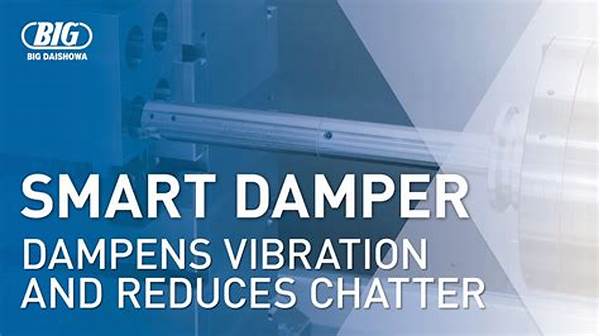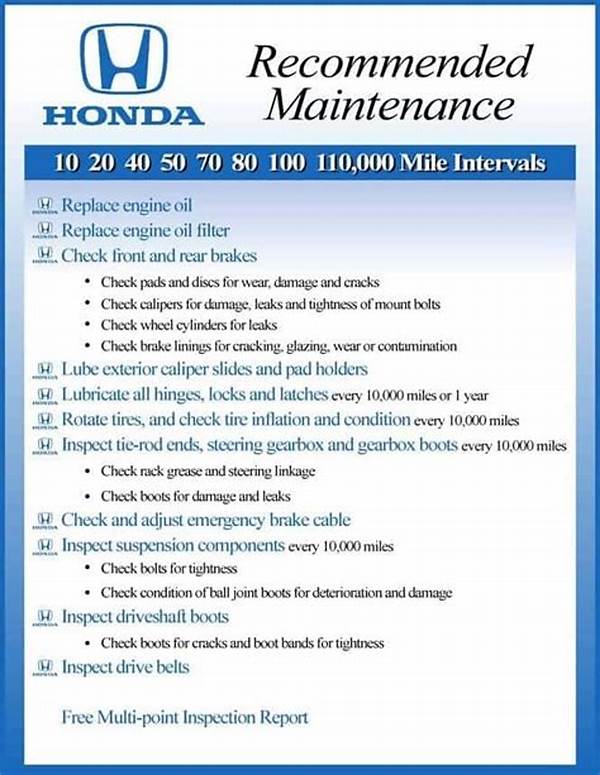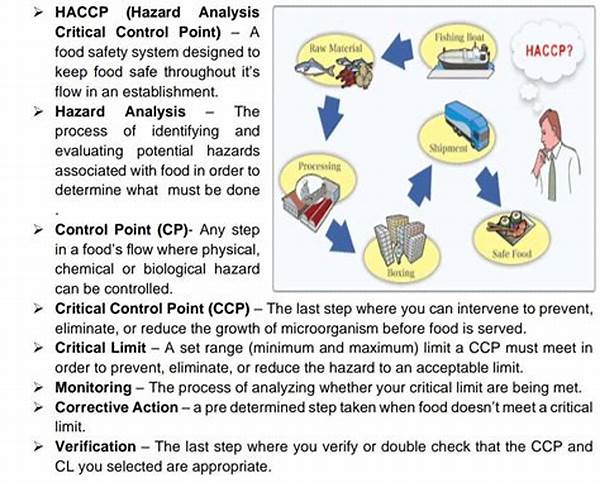Smart Damper Technology In Buildings
In recent years, the push for building innovation has called upon engineers and architects to explore advanced technologies that enhance structural integrity and safety. One such innovation, smart damper technology, has emerged as a key player in ensuring that buildings not only stand strong but also thrive amid diverse environmental challenges. This article delves into the multifaceted world of smart damper technology in buildings, exploring its implications, applications, and advantages.
Read Now : “cr-v 2023 Trims Compared”
Understanding Smart Damper Technology in Buildings
Alright, so let’s dive into what smart damper technology in buildings is all about. Imagine a building that can adapt to forces acting on it, like an experienced surfer riding the waves, smoothly adjusting to every move. That’s what this technology enables. Essentially, it’s all about reducing vibrations and impact from things like earthquakes or heavy winds. But how does it work? Well, these dampers use state-of-the-art sensors and control systems that work together like a well-rehearsed band, ensuring every part of the building is in tune with the outside world. The benefits? Buildings become sturdier and safer, saving not just lives but also cutting down on repair costs. Pretty slick, right? With smart damper technology in buildings, we’re looking at the future of construction – adaptable and resilient structures that can face nature’s tantrums with a swagger.
Importance in Modern Construction
Okay, peeps, let’s talk about why smart damper technology in buildings ain’t just some fancy buzzword. First up, it’s all about keepin’ your structures steady during those shaky quakes. Next, these dampers save cold hard cash by cuttin’ down on post-disaster repairs. Did I mention they’re also brainy, adjustin’ to changes like a chameleon? Plus, you’ll be rockin’ the eco-friendly vibe, minimizing resources. So yeah, it’s like giving your building superpowers.
The Mechanics of Smart Dampers in Structures
Alright, here’s the lowdown on how smart damper technology in buildings actually operates. Picture this: a building is like a giant Lego tower. Now, when the ground shakes, if there’s no give, you’re looking at some serious crash potential. Enter smart dampers—these bad boys are like a secret weapon for your building. They’re installed in such a way that when movement begins, they counteract it, like a dancer anticipating the next beat. Between sensors, hydraulic fluids, and magnetic fields doing their thing, buildings can literally roll with the punches. It’s city survival tech on a whole other level, making sure that when Mother Nature throws a curveball, your space is more resilient than a veteran boxer. No need for costly rehabs post-quakes, just smooth sailing ahead.
Real-Life Applications of Smart Dampers
So, wanna know where smart damper technology in buildings is leaving its mark? Well, y’all have probably seen those towering skyscrapers lookin’ all majestic in bustling cities. When it comes to buildings that high, you bet they’ve got some dampers chillin’ inside, keeping things stable. But it’s not just the mega-tall ones getting the upgrade. Even regular joe buildings can get a piece of that pie. Schools, hospitals, even some residential pads—everyone wants in on the action. And for good reason. Be it reducing the sway during a windstorm or keeping the shakes from ruining your day during an earthquake. With smart damper technology in buildings, it’s all about peace of mind and that high-tech edge.
Benefits of Implementing Smart Dampers
Yo, let’s chat about why smart damper technology in buildings is the real MVP. First up, there’s the killer safety edge. Earthquakes and such? NBD, because these dampers have got your back. Budget-wise? They’re a total win. While they might seem like a big investment, the coin saved on damage control over time is so worth it. Then there’s the vibe. Yeah, we’re talkin’ eco-friendliness here. Saving resources while keeping buildings strong? Yes, please! And don’t forget the reliability factor. Smart dampers are like that best friend who’s always got your back—even when things hit the fan.
Read Now : “peugeot 508 Advanced Safety Technologies”
Smart Dampers in Retrofitting Older Buildings
Old structures getting a fresh dose of smart damper technology in buildings? You know it. Retrofitting with these bad boys turns grandpa buildings into spry, new spaces. Whether it’s an ancient library or a decades-old office, retrofitting with smart dampers means they can handle whatever the world throws at them. The benefits? It’s like giving your old ride a brand-new engine—it runs smoother, lasts longer, and doesn’t break down every time you hit a bump. Plus, it’s a killer way to protect history while ensuring those structures stay up and running. Who knew technology could play superhero to the structures of yesteryear? You’re not just preserving; you’re enhancing and evolving. Talk about a glow-up.
Conclusion: The Future of Building Resilience
When it comes to the future-proofing of our urban landscapes, smart damper technology in buildings is leading the charge. It’s a no-brainer, really—using cutting-edge tech to make spaces safer and more efficient. Whether it’s high-rises brushing off wind gusts or retrofitted historical landmarks standing strong against the test of time, this technology is reshaping our skylines. As more architects and engineers tap into the potential of smart dampers, we’re seeing a new era in construction—one where safety, sustainability, and savvy blend seamlessly. The question isn’t whether smart damper technology will become the norm; it’s how soon. And trust us, that future isn’t too far off.



